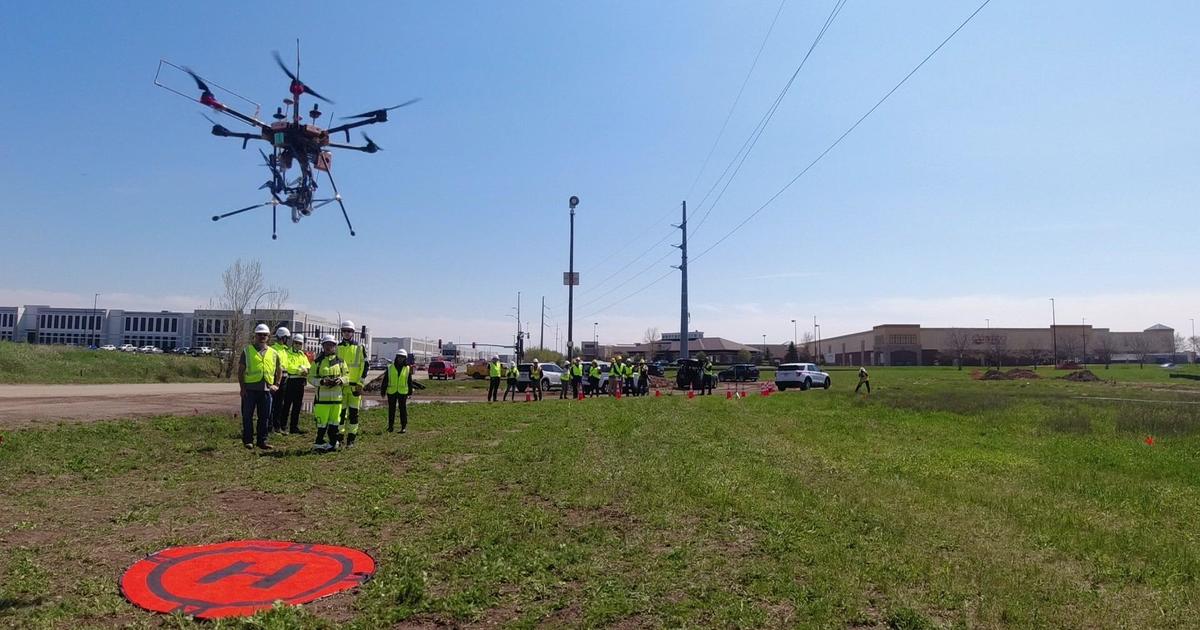In the North Sea, European countries are increasingly focusing on renewable energy production, particularly wind energy. To support this growing demand, projects like Princess Elisabeth artificial energy island are crucial for future energy needs. The island is set to be completed in 2026 and will serve as a marine power grid, delivering high voltage electricity in the form of direct current (HVDC) and alternating current (HVAC) to the Princess Elisabeth Area.
The construction of Princess Elisabeth Island has been ongoing since 2014 and involves the production of waterproof diving tanks that form the outer wall of the island. Each diving tank takes 3 months to complete and weighs 22,000 tons once finished. Engineers have used an estimated 2.3 million m3 of sand to create these tanks, which are being produced in Flushing, the Netherlands by a team of 300 workers. The production process is divided into five stages, with each stage taking 20 days to complete.
Once completed, Princess Elisabeth Island will act as a prototype for future network integration, paving the way for more sustainable energy solutions in Europe’s offshore renewable energy production areas. The project has received funding from the European Union and is set to be operational by 2030, offering a valuable resource for countries looking to reduce their reliance on fossil fuels and move towards a cleaner, more sustainable future.



